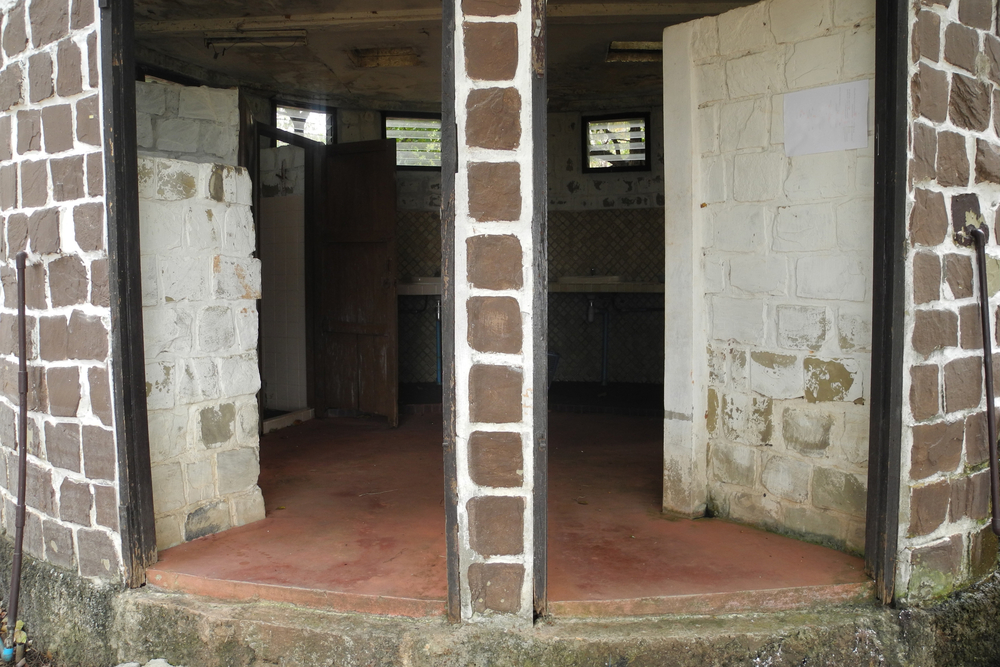Check out these five Indian teenagers that solved a smelly, dirty urinal problem!
And here is their video…
Meet the Indian Teens Who Designed Clean Urinals From Used Plastic Bottles
BY LOUISE BEVANApril 22, 2019 Updated: April 22, 2019Share
In the spring of 2017, one thing at Panchayat Union Middle School in Kurumbapatti, Tamil Nadu, was becoming crystal clear: hygiene was a problem. Fever, nausea, and stomach aches were causing student absences, and the pervasive smell of ammonia filled the classrooms.
Students tackled the problem pragmatically by becoming especially conscientious about their personal hygiene: daily bathing, clean clothes, and clean hair. But the issue wasn’t the students themselves; it was the school toilet.
The school’s students, unable to ignore the stench, or its adverse affects upon their health and concentration, decided to do something about it. Inspired by Design for Change, a not-for-profit global initiative driven by children, five teens at Panchayat Union Middle School set up a committee.
Design for Change promotes a four-step formula for problem solving: Feel–Imagine–Do–Share. Therein lay the formula for the committee’s plan of action.

According to The Better India, five 13-year-olds—Supikpandian, Santhosh, Dhiyanithi, Ragul, and Prabaharan—banded together to identify and deconstruct the fault behind the dysfunctional school toilets. It didn’t take them long to figure out that with ill-equipped facilities, most boys urinated on the floor. Their feet and shoes were dampened by urine, which then carried the smell and germs into the classroom.
Additionally, the toilet’s ineffectual drainage system meant that the problem was self-perpetuating.
The school could not afford to install urinals, so the boys’ task was truly cut out for them. How would they solve the problem of creating a safe, clean, and sustainable solution to bathroom hygiene? The answer came quite unexpectedly during a water break. One observant committee member noticed that the shape of the 20-liter (approx. 5-gallon) plastic bottle they were drinking from resembled a urinal.
Kesavan D, the boys’ mentor, helped them to cut a water bottle longitudinally in order to create a prototype. It worked.
The boys, having hit upon a cheap, functional design, approached a water bottle seller for supplies. The seller was impressed by their ingenious idea and decided to donate a number of used and damaged water bottles, still perfectly fit for purpose, for free.
Having also enthusiastically fundraised from students and teachers, the committee bought the additional pieces they needed to complete the piping, plumbing, and drainage. They painted the walls of the toilet a bold, bright green and connected drainage pipes to the necks of the customized water bottles.
Drip irrigation pipes placed above each urinal created a “flushing” function.
Proud of their collaborative achievement, the boys on the committee named their design the “Safe Mode Peeing System,” and proceeded to share the cheap and durable design so that others schools could use it. True to the 4-step formula of Design for Change, the boys certainly felt, vividly imagined, voraciously did, and then wholeheartedly shared the fruits of their labor!
The five teens even beat 3,600 entries to win the “Boldest Idea” award at Design for Change’s “I CAN Awards” in 2016. According to Your Story, as a part of the award, the students were given medals and a Rs 50,000 (approx. US$720) cash prize. The boys have since traveled with their design to various schools in Tamil Nadu, creating awareness about hygiene and sanitation, and demonstrating how to build their innovative urinals.
“We can implement this project not only in schools, but also in houses and public places,” the boys said. “This will reduce the number of patients in the community. Through this project, we can make the country clean and hygienic.”
Five teens became community superheroes, and it’s recognition that’s very well deserved.
